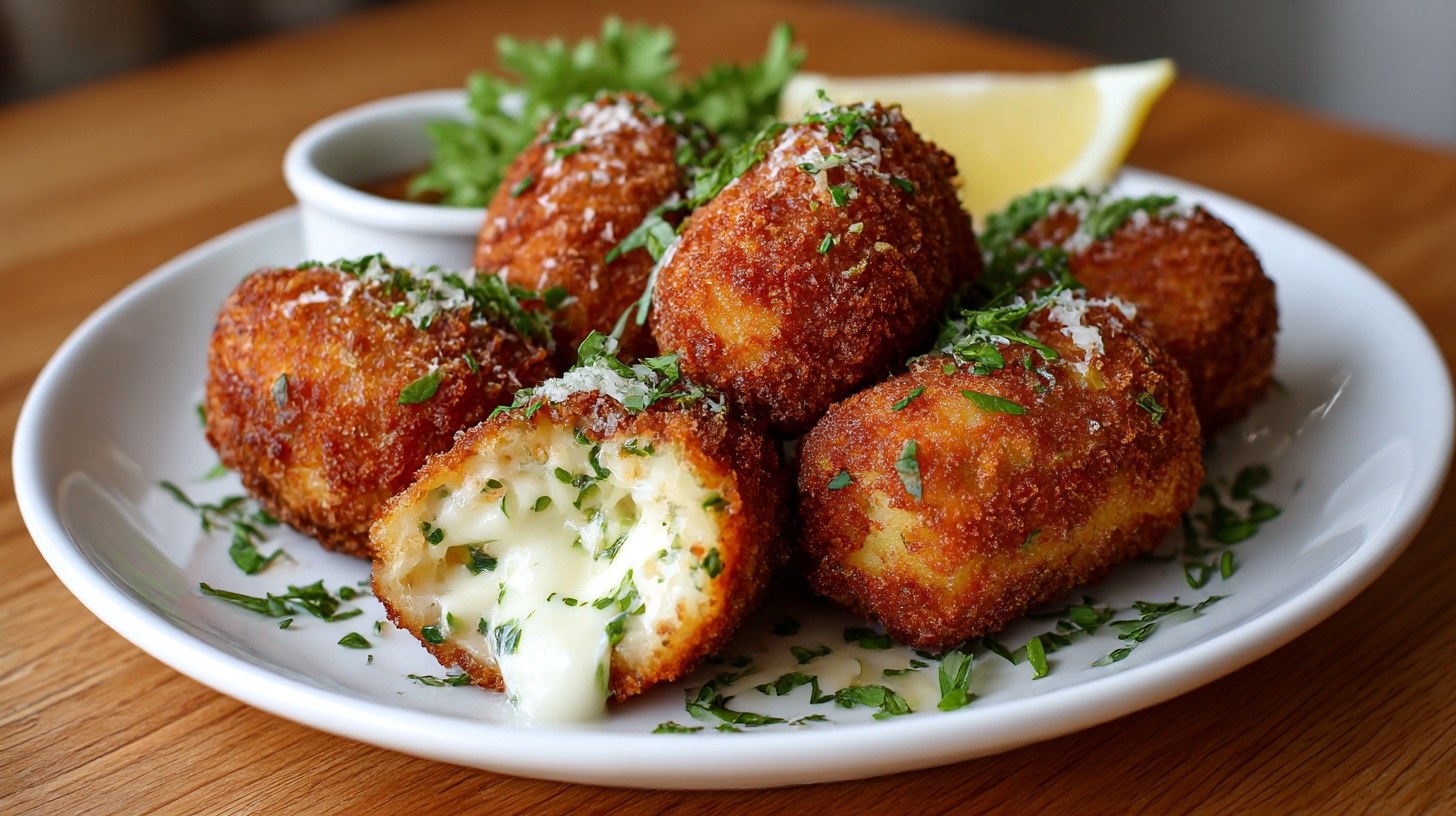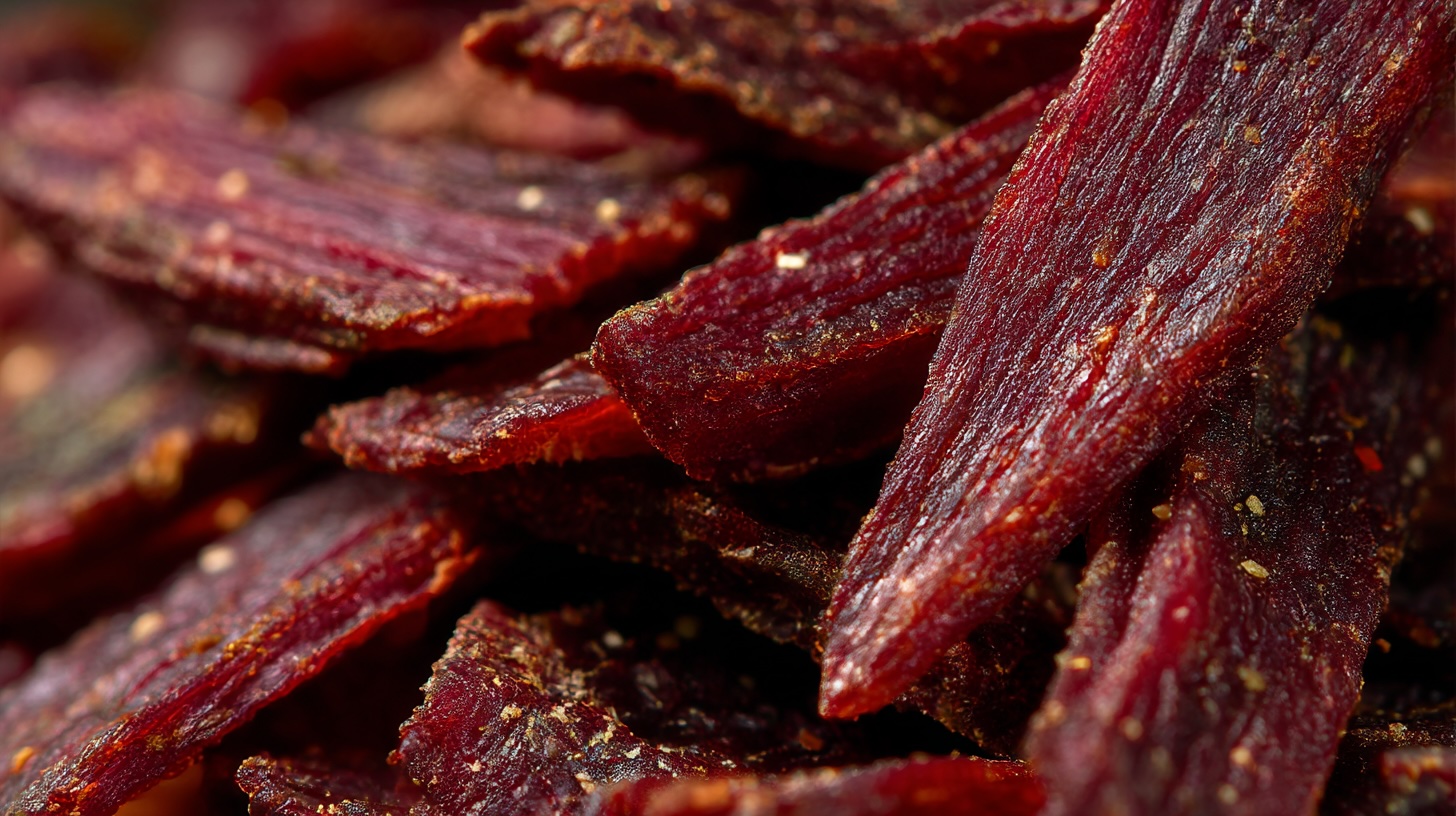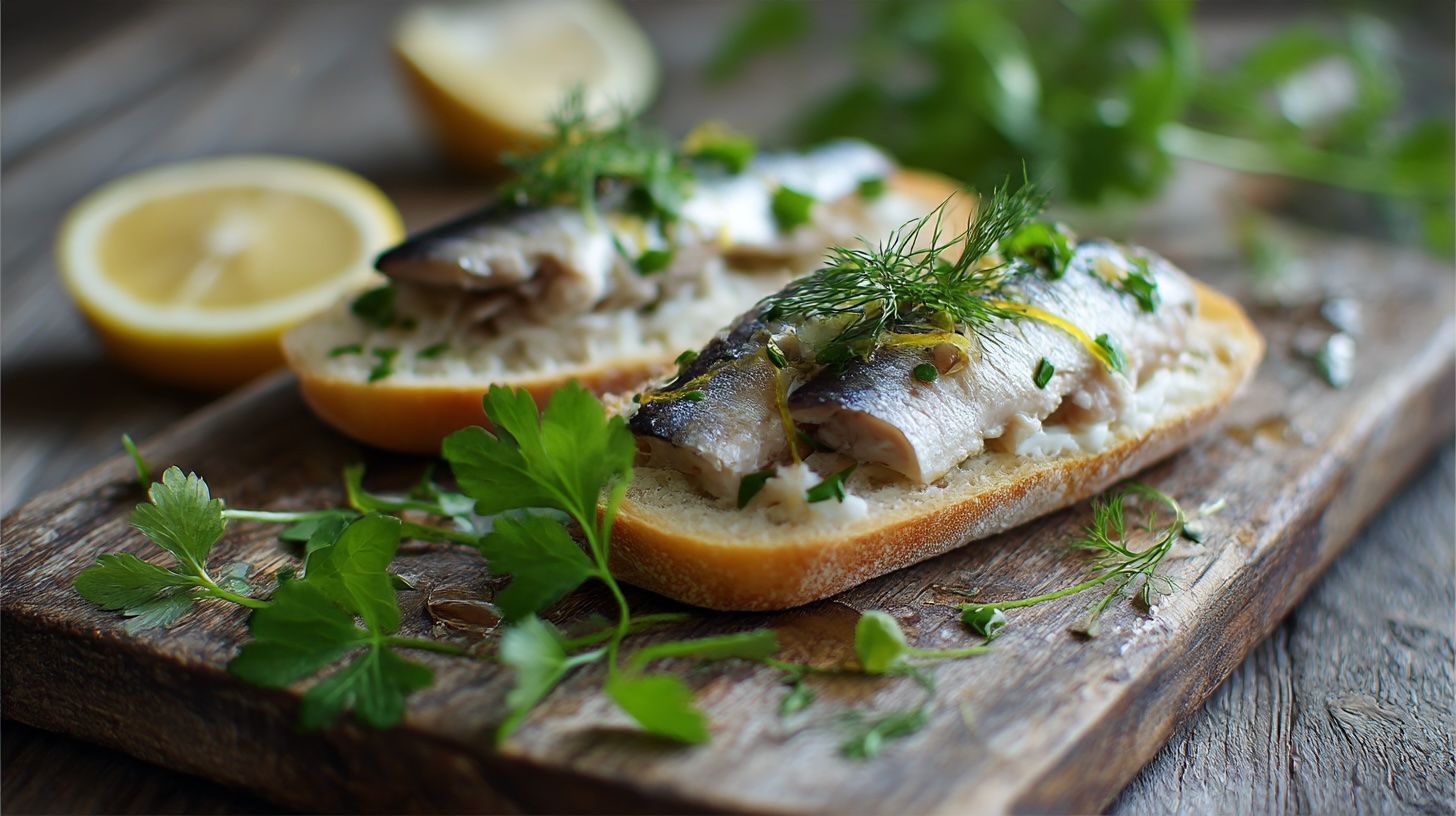Supplì: the Roman answer to arancini
Some things are too good to stay a secret. Supplì, for instance. If you’ve never met one, let me paint you a picture. Imagine a crispy, golden breadcrumbed shell giving way to a soft, risotto-like centre, laced with tomato sauce and wrapped around a gooey heart of mozzarella. It’s warm, comforting, deeply Roman, and highly addictive. Think of it as the Roman answer to arancini, only grittier, brasher, and arguably tastier (don’t tell the Sicilians).
Supplì have been part of Rome’s street food scene since long before anyone called it that. Their history is tangled up with war, poverty, clever cooks, and a bit of linguistic chaos. The name “supplì” actually comes from the French word surprise – because of the surprise in the centre. Blame Napoleon and his troops who stomped around Italy in the late 18th century. They left behind a trail of culinary influence, and the name stuck.
Originally, these little fried delights were a way to use up leftover risotto. And that tells you everything you need to know about Roman cooking: it’s thrifty, smart, and never wastes flavour. A bit of rice here, a chunk of cheese there, a tomato sauce bubbling from lunch… roll it up, fry it, and you’ve got dinner sorted. Or a snack. Or, if you’re standing outside Termini Station at 2am with wine-stained lips and a broken heart, a form of edible therapy.
Classic supplì are made with risotto rice cooked in a tomato-based ragù or simple sugo. Once cool, you shape them into short ovals (not balls – Rome is not Palermo), push a strip of mozzarella in the middle, roll them in egg and breadcrumbs, and deep fry until they’re as golden as a Roman sunset over Trastevere. The cheese inside should melt to stringy perfection, which is why they’re also affectionately known as supplì al telefono – because the mozzarella pulls out in long strands like an old-fashioned telephone cord when you bite in. Millennials and Gen Z, ask your parents.
Rome is the spiritual home of supplì, but of course variations exist. Just don’t call them arancini in front of a Roman unless you’re looking for a debate that ends in gesturing and pasta being thrown. In Naples, you might find similar fried rice snacks, though often with different fillings or seasoning. In Lazio, you’ll sometimes stumble across versions using chicken liver or a meatier ragù. The modern street food scene has also birthed rebellious offspring – cacio e pepe supplì, carbonara supplì, even vegan ones with mushroom and oat risotto. Some purists scoff, others queue. Such is food in the Instagram era.
What makes a good supplì truly special isn’t just the ingredients. It’s the texture ballet – the crunch of the exterior giving way to the yielding, saucy centre. It’s the temperature contrast, the deep umami from slow-cooked tomato, the surprise of cheese, still hot and molten. It’s the fact that it manages to taste like both comfort food and party snack. You could serve it in a paper cone or on a silver platter and it would work either way.
Pairing drinks with supplì is a joyful exercise. A Roman lager like Peroni or Menabrea makes an obvious choice – cold, crisp, and ready to cut through the richness. But a lightly chilled Frascati (another gift from Lazio) brings a touch of minerality and acidity that complements the tomato and cheese beautifully. For the rebels, try a young Chianti or a funky orange wine – they hold their own against the fat and spice with charming swagger.
If you’re building a meal around supplì (a noble idea), keep it casual. A crisp green salad dressed with anchovy vinaigrette cuts the richness. A board of cured meats and olives wouldn’t go amiss. If you’re going full Roman, follow with saltimbocca or pasta alla gricia. Or do as the locals do and grab a supplì while strolling – no plate, no napkin, just molten cheese, hot rice, and the perilous thrill of tomato sauce on your shirt.
Health benefits? Let’s be honest. This is not quinoa. Supplì are fried, cheesy, carb-laden bundles of joy. They are not clean eating. They are not sugar-free. They will not feature in your juice cleanse. But they are, in their own greasy way, good for the soul. They provide comfort, nostalgia, satisfaction. They’re filling, which once made them an economical lifeline for working Romans. And if you make them at home, you can control the oil quality, reduce salt, or swap in brown rice if you’re feeling radical. But really, why would you?
In Rome, the best supplì are often found in the humblest places. Pizza al taglio shops, hole-in-the-wall friggitorie, and even some bakeries will have a tray of them sitting near the counter, still warm. Supplizio by Arcangelo Dandini is a mecca for traditionalists. Trapizzino offers inventive spins, tucked inside their trademark bread pockets. You’ll find them in Testaccio’s food market, in the backstreets of San Giovanni, and increasingly at posh aperitivo bars trying to be ironic. Spoiler: they’re not.
If you’re not in Rome, fear not. They’re surprisingly doable at home. And making them will grant you an excuse to eat risotto two days in a row. Here’s how.
Supplì al Telefono – Classic Roman Rice Croquettes Recipe
For the risotto:
300g arborio or carnaroli rice
1 small onion, finely chopped
2 tablespoons olive oil
400ml tomato passata
500ml chicken or vegetable stock (kept warm)
Salt and pepper
50g grated Parmesan
A knob of butter
For assembling:
150g mozzarella, cut into matchsticks and patted dry
2 eggs, beaten
Breadcrumbs (as needed)
Vegetable oil, for deep frying
Heat the olive oil in a pan and gently fry the onion until soft. Add the rice and toast it for a minute or two. Pour in the passata, stir, and begin adding the warm stock, a ladle at a time, stirring constantly until absorbed. Repeat until the rice is al dente and richly tomato-slicked. Season, then stir in the butter and Parmesan. Let it cool completely – it needs to be fridge-cold to shape.
Take a heaped spoonful of cold risotto and shape into a small oval in your hand. Push a piece of mozzarella into the centre and close the rice around it. Repeat until you’ve used up all the rice.
Roll each in beaten egg, then breadcrumbs, ensuring a thorough coat. For best results, chill the shaped supplì for 30 minutes to firm up.
Heat oil in a deep pan to 170°C. Fry the supplì in batches until golden brown, about 3-4 minutes. Drain on kitchen paper, then eat while the cheese still stretches like telephone wires of old.
Serve with wine, friends, and zero concern for your shirt. That’s how the Romans would want it.




Post Comment